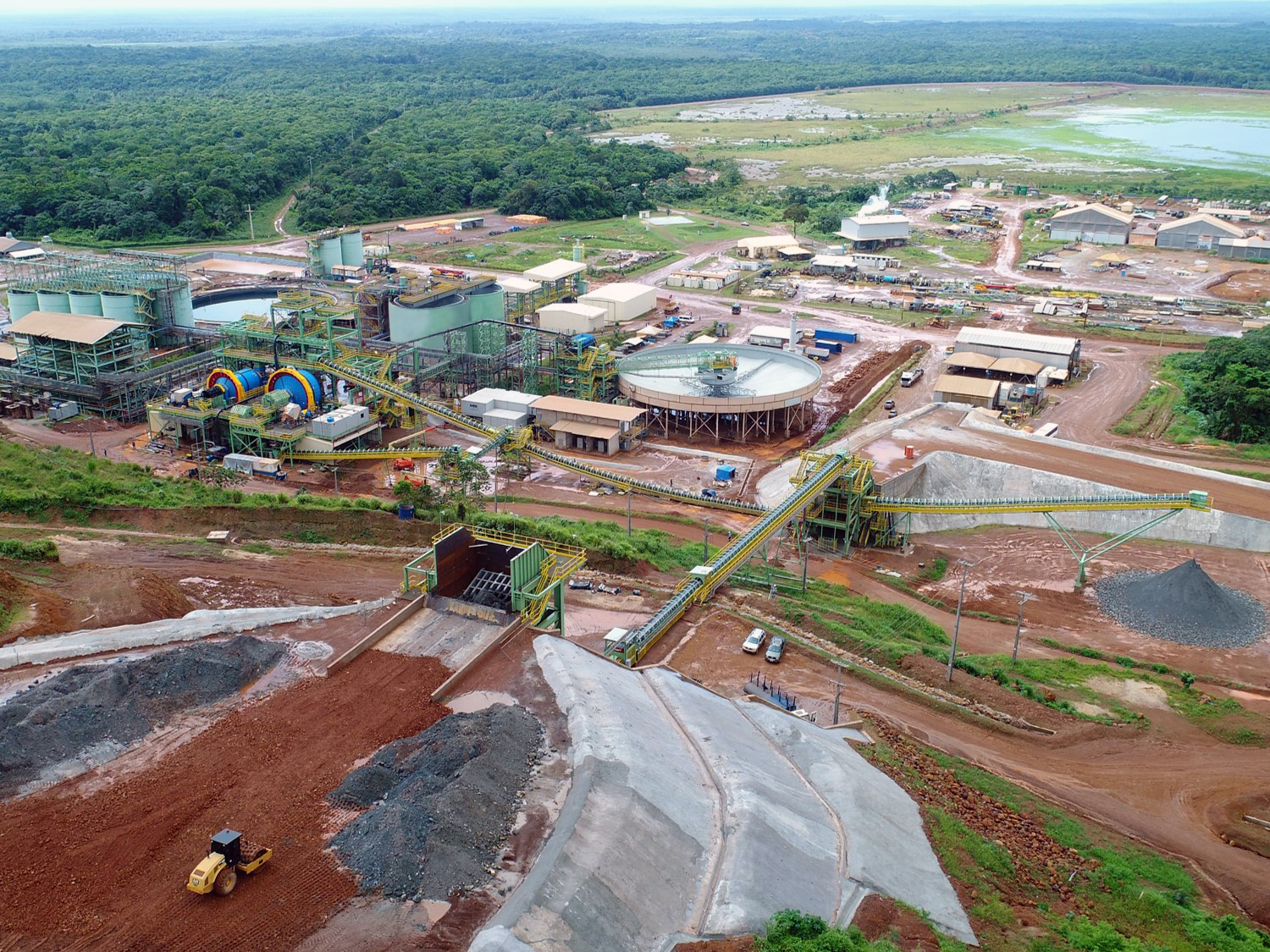SLPS – seriously lacking promotion, sensibly leading to problems
By Merlita Kennedy, partner and Jared Ishmael, senior associate at Webber Wentzel
In February 2024, the Annual Mining Indaba took place in Cape Town South Africa, where the mining industry’s technical brains, financial brawn and everything in between congregated. During the same time, the Alternative Mining Indaba, a summit hosted by the Mining Affected Communities United in Action took place. On the one hand, a gathering to deliberate investing in the African mining sector under the banner of “Embracing the power of positive disruption” and on the other, discussing participation and benefits flowing from the sector, respectively.
- Merlita Kennedy, partner at Webber Wentzel. Images supplied by Webber Wentzel
- Jared Ishmael, senior associate at Webber Wentzel.
While it is fundamental to understand that these groups are neither mutually exclusive nor opposed, it cannot be ignored that the crossroads where these groups meet do exist and are more nuanced than one would be made to believe.
Social and Labour Plans (SLP)
By law, every application for a mining right made to the Department of Mineral and Resources and Energy (DMRE) in the Republic of South Africa, must be accompanied by inter alia a SLP.1 Interestingly, the objectives of an SLP, and by extension all SLPs, are to “(a) promote employment and advance the social and economic welfare of all South Africans; (b) contribute to the transformation of the mining industry; and (c) ensure that holders of mining rights contribute towards the socio-economic development of the areas in which they are operating.’2 The regional manager of the DMRE may refer the SLP back to the applicant for amendments or revisions3 and is responsible for monitoring compliance with the SLP.4
An SLP must contain at least a human resources development plan, career progression, mentorship, internship and bursary programmes, infrastructure and poverty eradication projects in line with the relevant Integrated Development Plan, procurement progression plan and employment equity statistics and plans to achieve historically disadvantaged South African participation in management.5 Most mining companies’ SLPs are either available on their website or may be requested. These SLPs are published every five years.
As lengthy and as complicated as they may be, SLPs are neither a nice-to-have nor are they the necessary administrative “bibles” needed for operations to continue. It is evident from the legally obligated objectives and contents of SLPs that they serve as the primary hymn sheet guiding mining companies’ engagements with mining-affected communities, host communities, historically disadvantaged groups and the public at large, as it relates to social and labour issues.
Similarly, the SLP regime is what governs the relationship between mining companies, mining-affected communities and the government. It is quite clear that a weak link in this chain would understandably stifle the development of miningaffected communities which are the most vulnerable in the chain. However, it must never be forgotten that the development of mining-affected communities is the responsibility of the government whose means are constrained. It is accordingly important for local development, that each party carry its own weight and that there is co-operation between all stakeholders. Especially where the mining sector employed 480 893 people6 and contributed an added value of approximately R202.05-billion to South Africa’s Gross Domestic Product7 in 2023. To lose this contribution to the economy would be a tragedy. A failure to capitalise on the consequent social benefit that flows from this would be equally as tragic.
It is clear that an SLP is an important tool in securing benefits for all from mining operations, over and above the ordinary employment and tax benefits. It is also clear that there will be negative consequences where SLPs are not implemented by mining companies and where implementation is not monitored by the relevant regulatory authority.
Accordingly, and as it relates to SLP performance at least, mining companies should say it loud, say it proud and publicise the implementation of their SLPs. The proverbial social licence to operate and good standing of the mining sector depends on it.
References:
- Section 22(1) of the Mineral Resources and Petroleum Development Act read with regulation 10 of the Mineral Resources and Development Regulations.
- Regulation 41 of the Mineral Resources and Development Regulations
- Regulation 42 of the Mineral Resources and Development Regulations
- Regulation 45 of the Mineral Resources and Development Regulations
- Regulation 48 of the Mineral Resources and Development Regulations
- facts-figures-pocketbook-20230.pdf page 14
- Mining industry in South Africa – statistics & facts | Statista
Share this content:
















